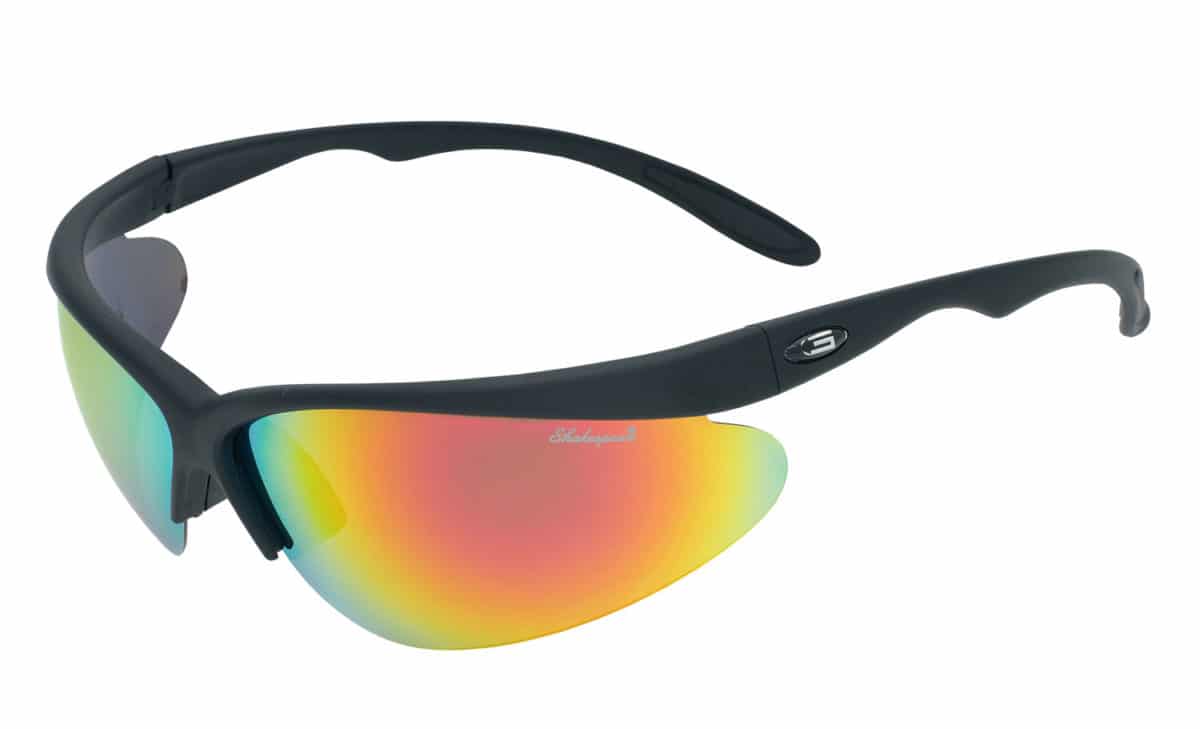By H. Christopher Schweitzer, Ph. D.
Hearing professionals are in continuous combat with noise. Epic battles rage in perpetuity. From defending audiometric tests from ambient interference to providing consumers with better technology to “hear through the noise,” there is a never-ending quest to drive noise from the domain of hearing professionals.
It is worthwhile to recall that the word “noise” derives from the Latin word, nausea – meaning disgust, sea sickness, or annoyance; (does it make you sick just thinking about noise?). Whereas masking noise is considered a clinically useful, albeit rare, application of controlled noise, the standard presumption is that desirable signals suffer when noise prevails. But there’s another, decidedly counter-intuitive, aspect of noise that is probably less known to the typical reader: noise that improves signal detection. Such noise is the focus feature of a broad range of multiple scientific disciplines that investigate a phenomenon known as Stochastic Resonance.
Stochastic resonance is a peculiar property of many nonlinear systems (human hearing and other neurological systems included) in which random noise serves to lift sub-threshold signals up to detectable levels. Originally reported in the 1980s in relation to statistical analysis of climate science, stochastic resonance has been ubiquitously observed{{1}}[[1]]Lugo E, Doti R, Faubert J (2008) Ubiquitous crossmodal stochastic resonance in humans: Auditory noise facilitates tactile, visual and proprioceptive Sensations. PLoS ONE 3(8): e2860. doi:10.1371/journal.pone.0002860[[1]]in a wide variety of experiments involving electronic circuits, chemical reactions, semiconductor devices, nonlinear optical systems, magnetic systems and SQUIDs (superconducting quantum interference devices, not the invertebrate kind). Extensive neurophysiological studies, much of them focused on vision, have demonstrated repeatedly that under the right conditions the addition of small amounts of noise can strengthen weak signals. Likewise, it’s been shown to operate in auditory signal detection where it can work to make sub-threshold (inaudible) signals perceivable.{{2}}[[2]]McDonnell M, Abbott D. (2009) What is stochastic resonance? Defintions, misconceptions, debates, and its relevance to bilology. PLoS Computational Biology 5(5).[[2]].
A simplistic way to conceptualize it might be with this illustration from an AAA presentation{{3}}[[3]]Zeng FG, Fu QJ, Morse R. (2000) Human hearing enhanced by noise. Brain Research 869: 251-255.[[3]]in 2008. In this example, a 4-kHz signal is portrayed as below a threshold of detection in amplitude. When a 500-Hz tone is added it “carries” the inaudible 4000 cycles on its back, so to speak, pushing it above the previous threshold.

Fig 1. Example of how one signal (500 Hz) may serve to modulate a sub-threshold (banded area) 4k Hz signal and bring it up above threshold. (Zheng, et. al, 2000)
For those who prefer a more neurophysiological type of representation, Figure 2 might help to illustrate the process on a time recording of “hits.” Neurons are notoriously “noisy,” so it was revealing that early work with crayfish revealed SR properties on studies of single mechanoreceptor hair cells. Hundreds of neuroscience reports have followed over the subsequent decades.

Figure 2. Another way to illustrate how ‘below threshold’ signals can be pushed above threshold and recorded as hits detected. Threshold is indicated on top as “A”. (adapted from Wiesenfeld & Weiss {{4}}[[4]]Wiesenfeld K, Moss F. (1995) Stochastic resonance and the benefits of noise: From ice ages to crayfish and SQUIDs. Nature 375. 33-36.[[4]]).
As with so many “settled truths,” the persona beneath the mask may be less threatening or destructive than commonly assumed.
Understanding stochastic resonance might change the way hearing professionals think about “mask”ing, or perhaps we might endeavor to make friends with some old enemies{{5}}[[5]]Schweitzer HC, Weber J, Tobin C. (2008) Noise and distortion: Not always the ‘enemy.’ Paper presented at AAA. Charlotte, NC[[5]]{{6}}[[6]]Schweitzer, H.C. (2008) Noise and Distortion: Making Friends of Old Enemies. Advance for Audiologists March/April 73-75.[[6]].
H. Christopher Schweitzer, Ph.D., is a regular contributor to HHTM. Dr. Schweitzer is the Director of HEAR 4-U International; Chief of Auditory Sciences at Able Planet, Inc.; and Senior Audiologist, Family Hearing Centers in Colorado.











To make stochastic resonance work, the level of the noise has to be just right for the particular sub-threshold signal (STS). If it is only a little to weak, the STS is not ‘lifted’ enough. Too strong and the STS is drowned.
It isn’t easy to see how the effect could be exploited in devices for assisted hearing.
Thanks, John. That’s, of course, totally true. There’s a ‘secret sauce’ in the recipe that makes it probably impractical for most applications. The intent of the piece was just to bring this phenomenon to the attention of hearing professionals it’s counter-intuitive properties. Not ready for prime time in rehab. But then I have an antique dictionary that defines ‘uranium’ as a ‘worthless mineral not found in the United States,’ and Lazzaro Spallanzani’s work with echolocation studies of bats got a lot of snickers from contemporaries. Grateful for your comments. cs